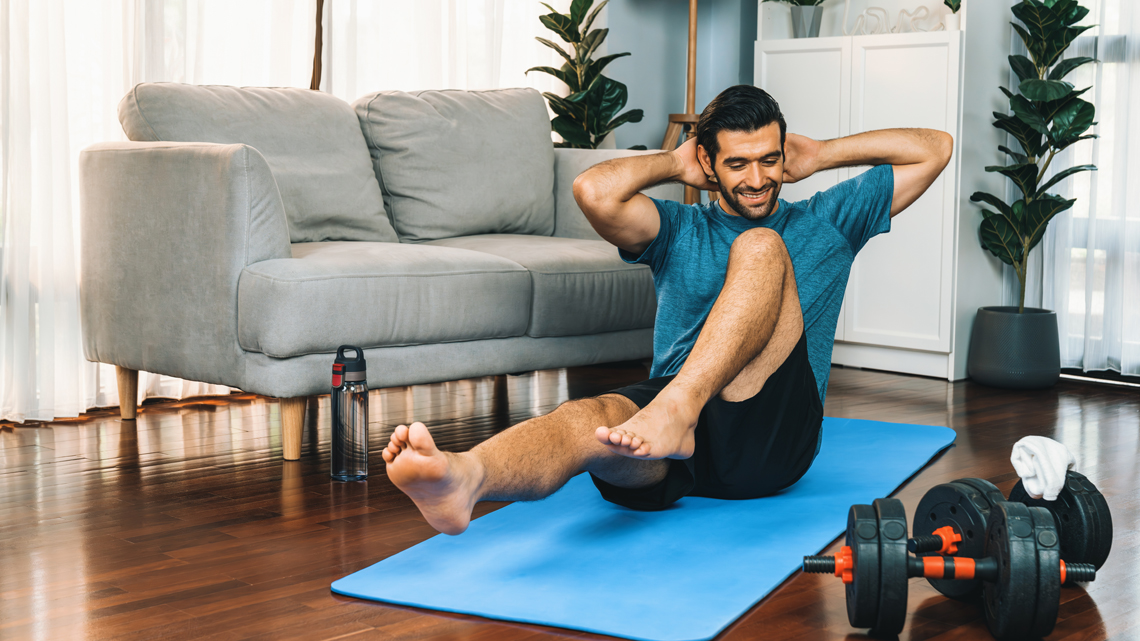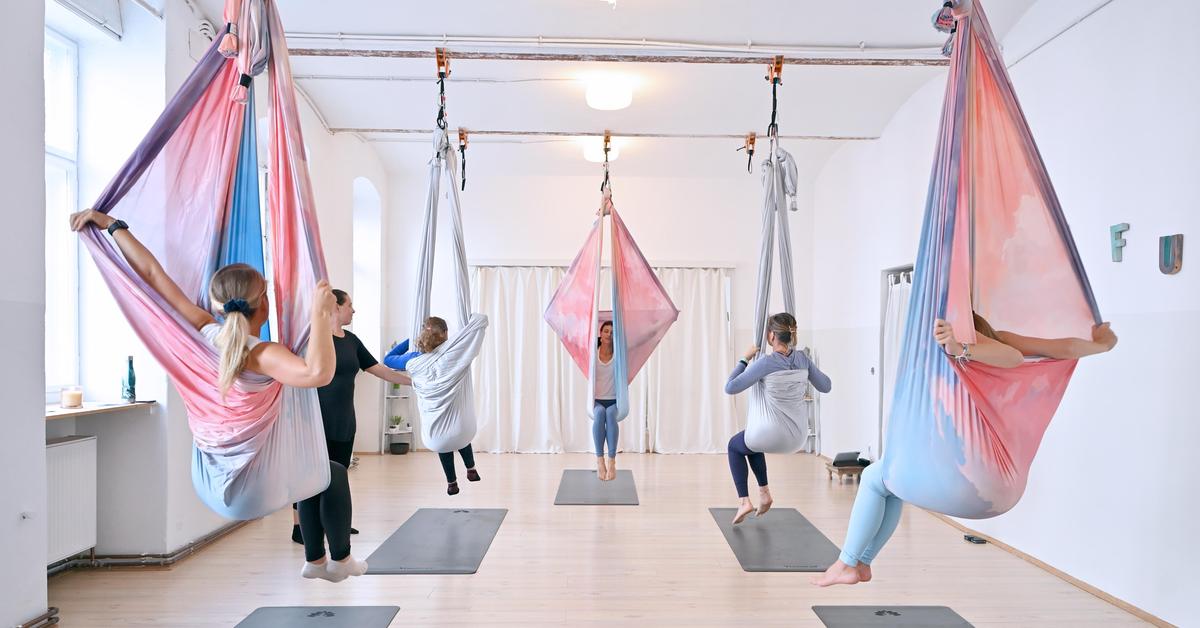Why Exercise Is Essential for Health and Well-Being
Physical activity is a cornerstone of a healthy lifestyle, playing a crucial role in maintaining both physical and mental well-being. A well-structured exercise routine strengthens the body, enhances endurance, and contributes to overall vitality. Beyond aesthetics, regular movement supports cardiovascular health, bone density, cognitive function, and emotional resilience. Whether the goal is strength, flexibility, endurance, or general wellness, incorporating exercise into daily life yields profound benefits.
The Different Forms of Exercise and Their Benefits
A well-rounded fitness regimen integrates various types of exercise, each contributing distinct advantages to physical health and functional capacity.
Cardiovascular Exercise: Activities such as running, swimming, cycling, and brisk walking increase heart rate and improve circulation. These exercises enhance cardiovascular endurance, reducing the risk of heart disease, high blood pressure, and metabolic disorders. Aerobic activity also stimulates the release of endorphins, natural mood boosters that promote mental clarity and emotional well-being.
Strength Training: Resistance-based exercise, whether through weightlifting, bodyweight movements, or resistance bands, builds muscle mass, strengthens bones, and enhances metabolism. Strength training supports posture, joint stability, and injury prevention while contributing to long-term musculoskeletal health. Incorporating compound movements such as squats, deadlifts, and push-ups ensures functional strength applicable to everyday tasks.
Flexibility and Mobility Training: Stretching and mobility exercises improve range of motion, reduce muscle stiffness, and support proper movement mechanics. Practices such as yoga and dynamic stretching contribute to flexibility, aiding in injury prevention and muscular recovery. Mobility work enhances joint stability and function, ensuring longevity in physical activity.
Balance and Coordination Training: Stability-based exercises, including balance drills, tai chi, and agility work, enhance coordination and neuromuscular control. These exercises are particularly beneficial for athletes, older adults, and individuals recovering from injuries, promoting movement efficiency and reducing fall risks.
High-Intensity Interval Training (HIIT): This training method alternates short bursts of intense activity with periods of rest or lower-intensity exercise. HIIT sessions improve cardiovascular fitness, increase calorie expenditure, and enhance metabolic rate. Due to its efficiency, HIIT appeals to those with demanding schedules seeking effective results in limited time.
Low-Impact Exercise: For individuals managing joint concerns or seeking gentle movement, low-impact activities such as swimming, rowing, and Pilates offer effective alternatives. These exercises provide cardiovascular and muscular benefits without excessive strain on the joints, making them suitable for all fitness levels.
The Mental and Emotional Benefits of Regular Exercise
Physical activity extends far beyond bodily strength, profoundly influencing cognitive function and emotional resilience.
Cognitive Enhancement: Exercise stimulates brain function, improving memory, concentration, and problem-solving skills. Increased blood flow to the brain supports neuroplasticity, fostering learning and mental agility. Long-term physical activity has been linked to a reduced risk of neurodegenerative conditions.
Stress Reduction: Movement serves as a natural stress reliever, lowering cortisol levels and promoting relaxation. Activities such as walking in nature, engaging in rhythmic exercises, or practicing mindful movement encourage mental clarity and emotional balance.
Mood Regulation: Regular exercise enhances emotional well-being by stimulating neurotransmitters such as serotonin and dopamine. These chemical responses contribute to reduced anxiety, improved mood stability, and heightened motivation. Engaging in movement tailored to personal enjoyment sustains long-term adherence.
Key Considerations for an Effective Exercise Routine
Creating a sustainable and effective fitness regimen requires careful planning and individualization.
Consistency Over Intensity: Long-term success stems from consistency rather than extreme intensity. A structured routine incorporating moderate and high-effort sessions fosters progress while reducing burnout and injury risk.
Proper Recovery and Rest: Recovery plays an essential role in exercise effectiveness. Adequate sleep, hydration, and nutrition support muscle repair, energy restoration, and overall performance. Active recovery methods such as stretching, foam rolling, and low-intensity movement aid in preventing stiffness and fatigue.
Individualization and Progression: Exercise should align with personal fitness levels, goals, and preferences. Gradual progression, whether through increased resistance, duration, or complexity, ensures continuous improvement without excessive strain.
Form and Technique: Prioritizing proper movement mechanics minimizes the risk of injury and maximizes effectiveness. Seeking professional guidance, such as working with a coach or following structured programs, enhances execution and results.
Enjoyment and Variety: Engaging in diverse activities sustains motivation and prevents monotony. Exploring different exercise modalities, outdoor workouts, or group classes introduces variety while maintaining enthusiasm.
The Role of Exercise in Longevity and Vitality
Physical activity remains one of the most influential factors in sustaining vitality and longevity. Regular movement strengthens cardiovascular function, preserves muscle mass, and maintains joint integrity, contributing to an active and fulfilling lifestyle. By incorporating exercise as an essential element of daily life, individuals cultivate strength, resilience, and well-being that extend far beyond the present moment.




